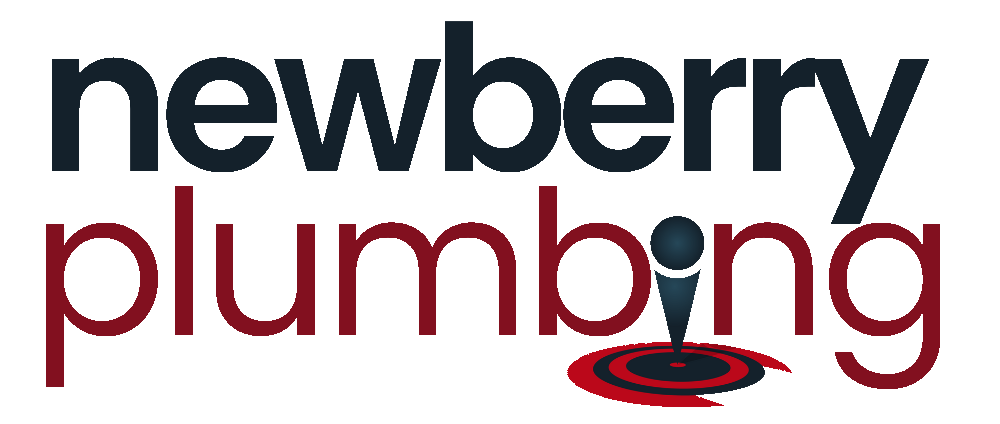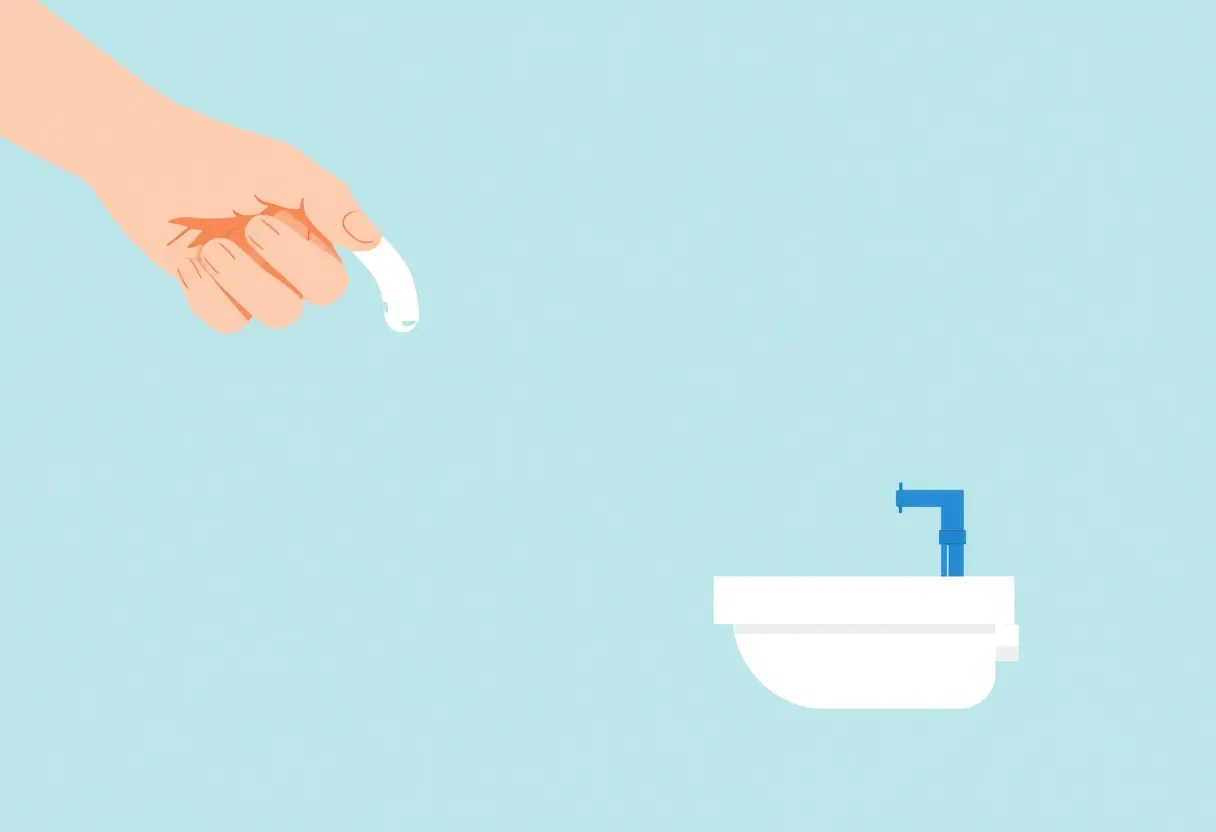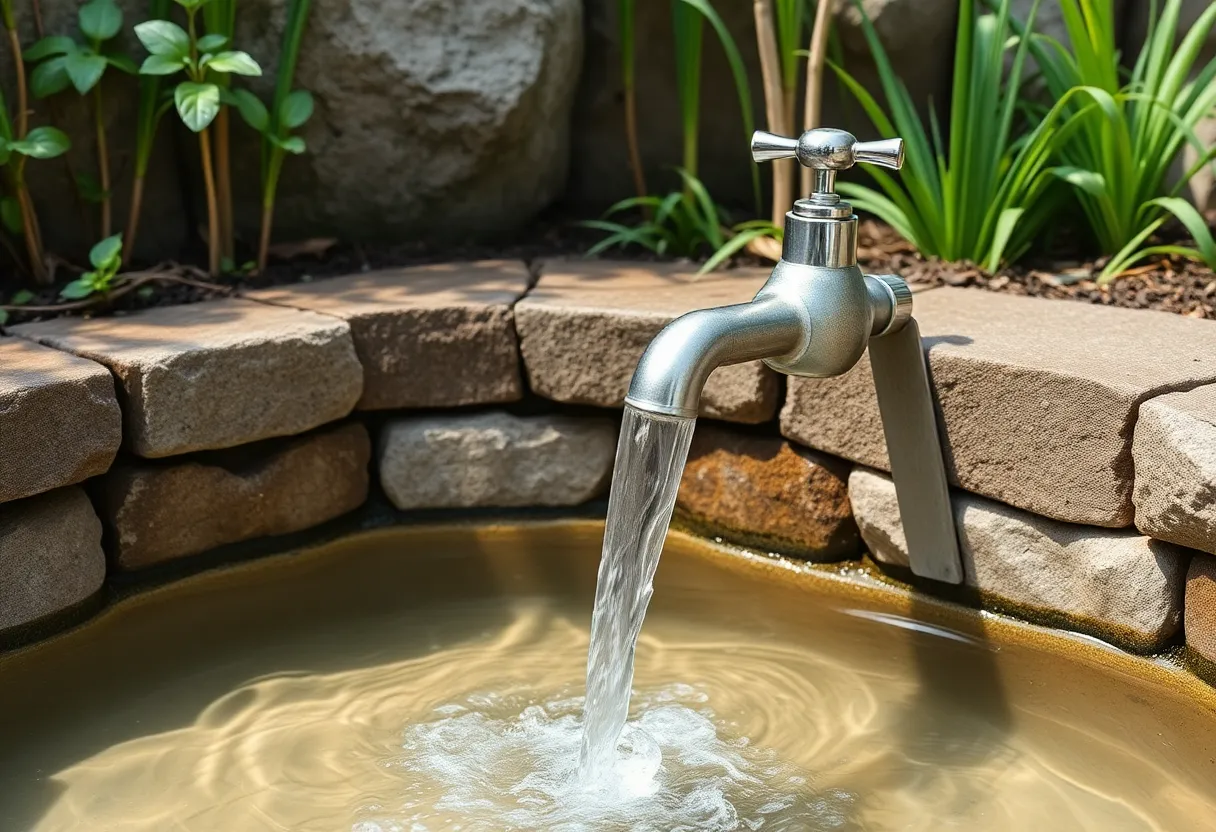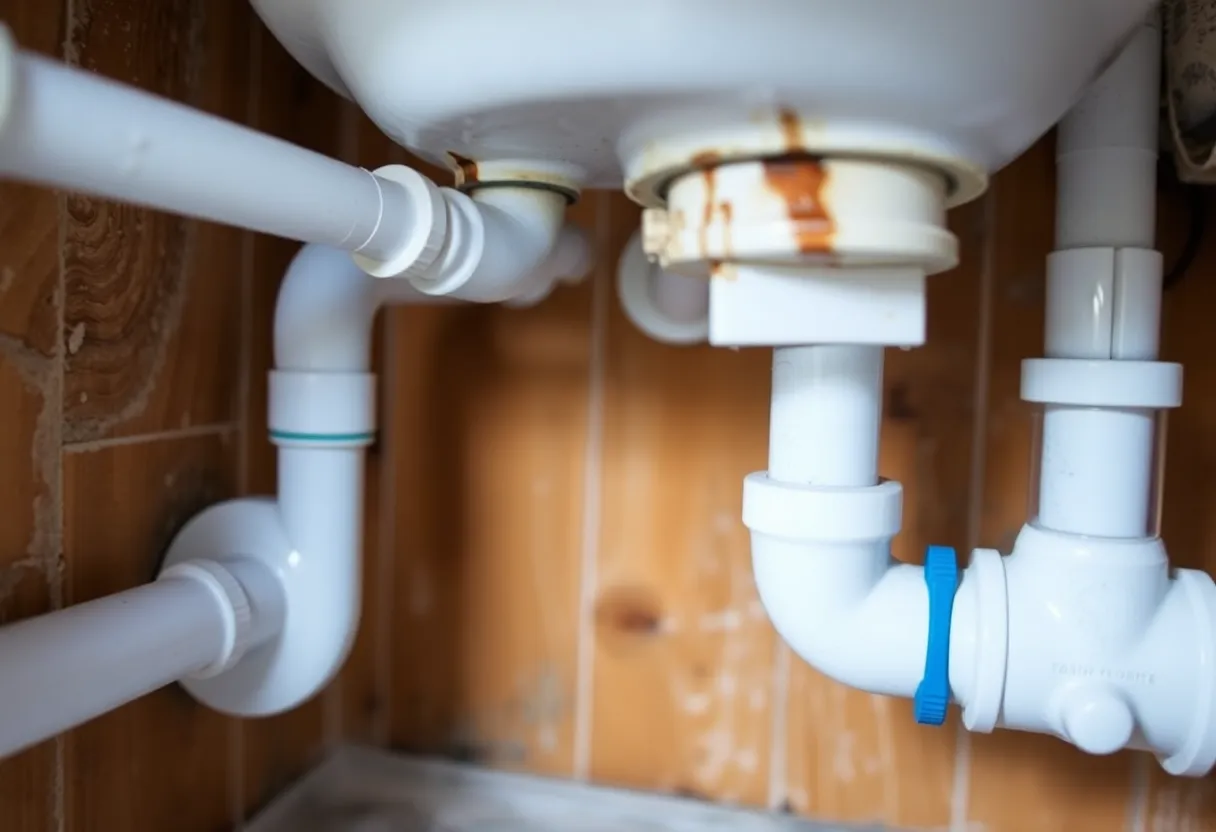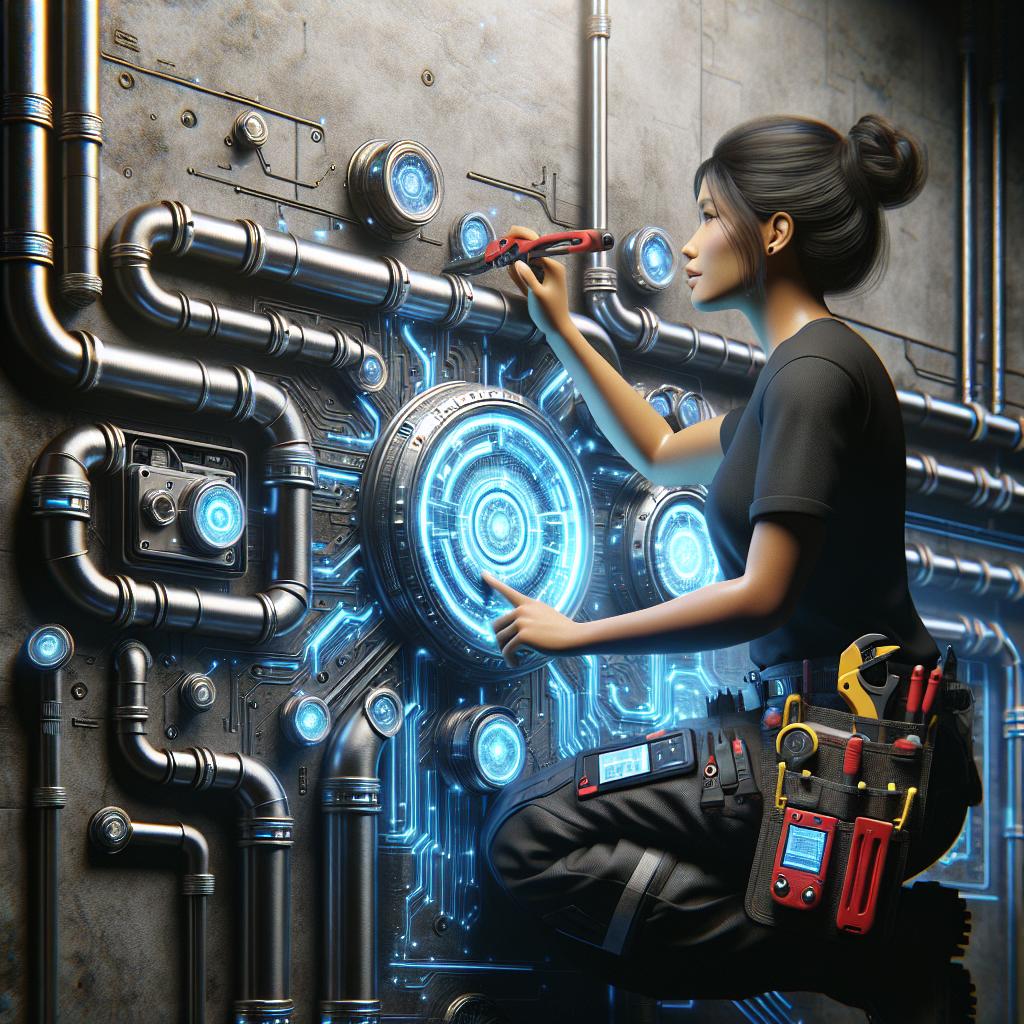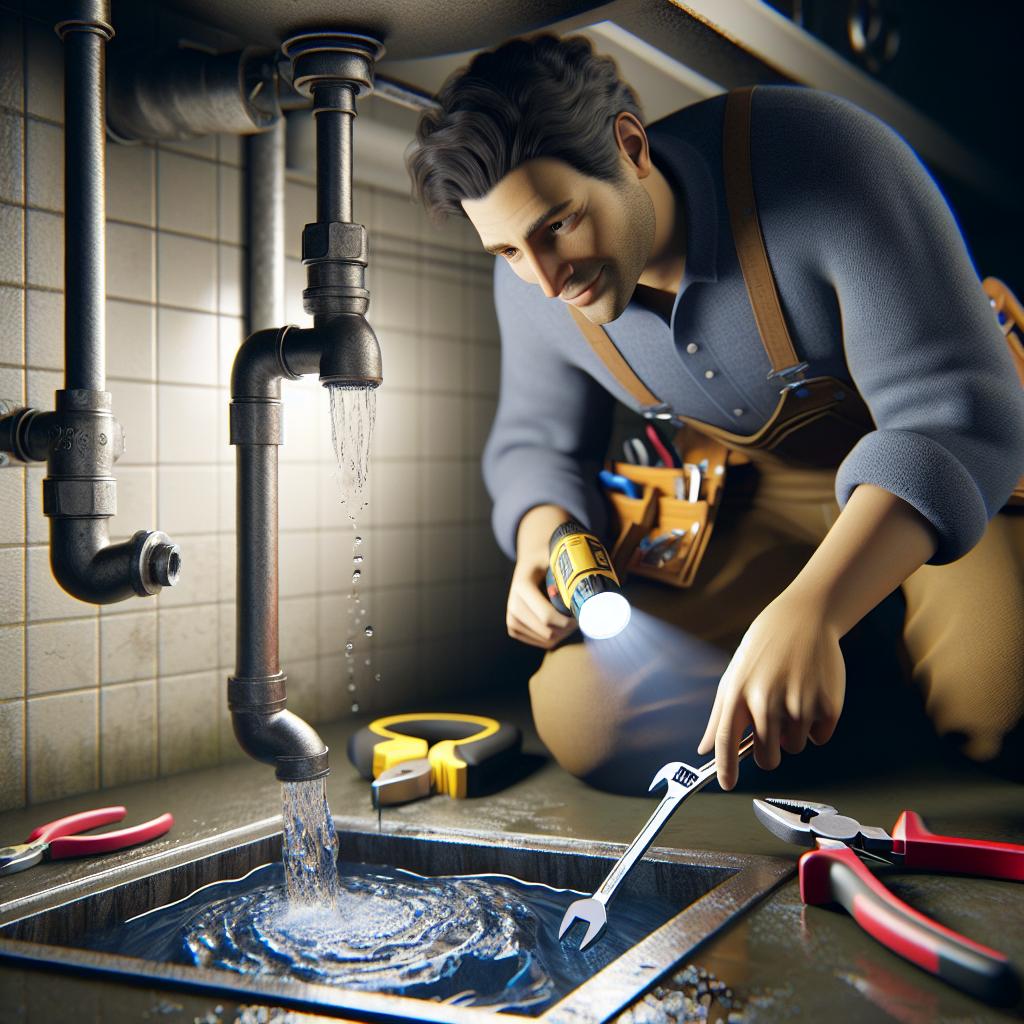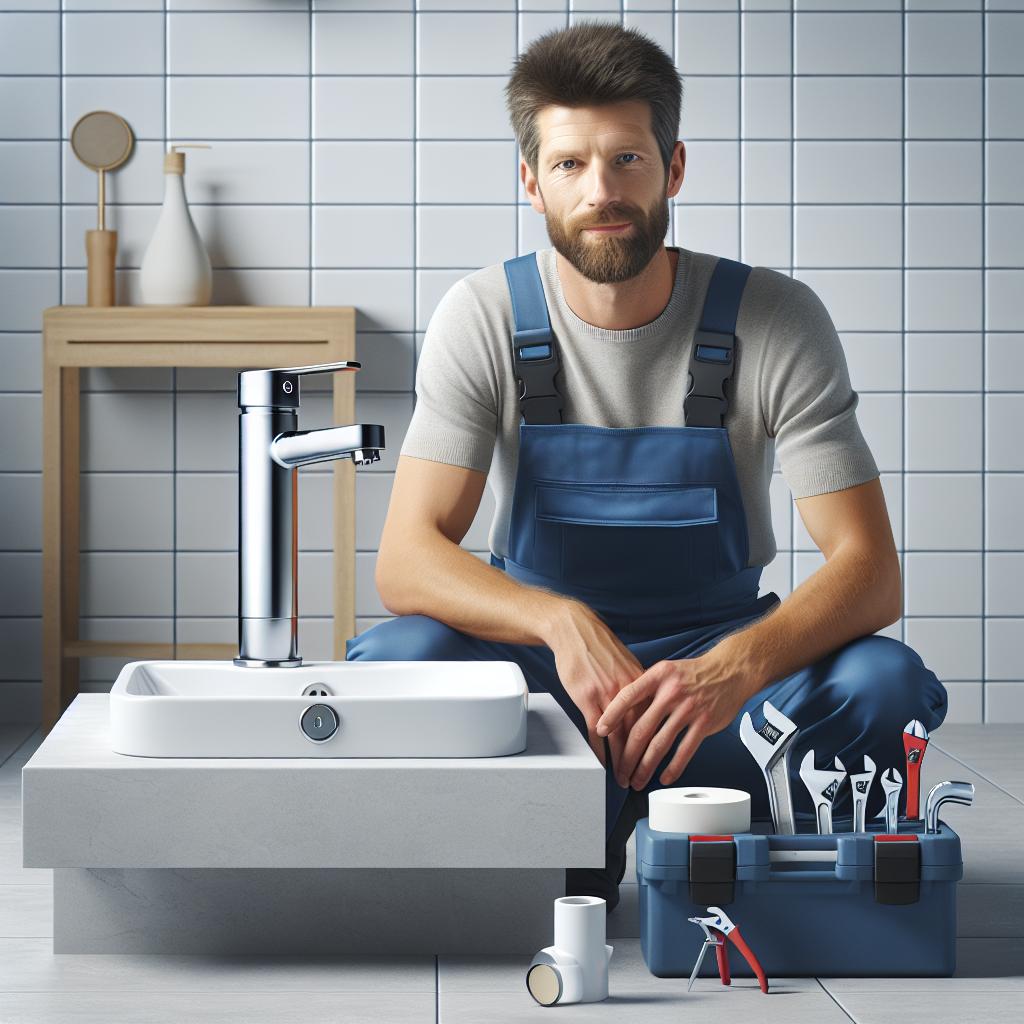Plumbing Reimagined: 10 Game-Changing Trends Shaping the Future of Home Water Systems
As technology evolves, so does every aspect of our lives, including plumbing systems. Gone are the days of merely relying on basic pipes and fixtures. Today’s innovations are reshaping how we manage water in our homes. From sustainability to tech integration, the plumbing industry is experiencing a revolution. Here, we delve into 10 game-changing trends that are reshaping the future of home water systems.
1. Smart Plumbing Systems
In an era defined by connectivity, the emergence of smart plumbing systems is a notable trend. These systems use advanced sensors and software to monitor water usage and leak detection. Homeowners can now manage their plumbing remotely via smartphones or tablets, receiving real-time alerts on leaks or abnormalities in water pressure.
Benefits of Smart Plumbing
- Enhanced Efficiency: Automatically track water consumption and identify areas for reduction.
- Early Detection: Spot leaks before they escalate into costly repairs.
- User-Friendly Interfaces: Easily manage settings and receive alerts through an app.
2. Water Recycling Systems
As water scarcity becomes an increasing concern, innovative water recycling systems are capturing rainwater and greywater for reuse in homes. These systems filter and purify water from washers, sinks, and roofs for irrigation or even toilet flushing.
Advantages of Water Recycling
- Reduced Consumption: Decrease reliance on municipal water systems.
- Cost Savings: Lower water bills through recycling.
- Sustainability: Contribute positively to the environment.
3. Tankless Water Heaters
Gone are the massive hot water tanks! The shift to tankless water heaters signifies a move towards more efficient, space-saving options. These units heat water on-demand, offering endless hot water while reducing energy consumption.
Why Choose Tankless?
- Energy Efficiency: Only heat water when needed, lowering utility bills.
- Space-Saving: Compact design fits into smaller areas.
- Longevity: Generally outlast traditional water heaters.
4. Sustainable Plumbing Fixtures
Eco-conscious consumers are driving demand for sustainable plumbing fixtures that conserve water. Low-flow toilets, faucets, and showerheads reduce water usage without sacrificing performance.
Features of Sustainable Fixtures
- Water-Saving Technologies: Patented designs help minimize water waste.
- Stylish Designs: Available in various aesthetics for your home.
- Accessibility: Compliant with regulations for improved public health.
5. Advanced Pipe Materials
Traditional plumbing often relied heavily on metal or PVC pipes. Now, advanced pipe materials such as PEX (cross-linked polyethylene) are becoming popular due to their flexibility, resistance to temperature fluctuations, and ease of installation.
Benefits of Upgraded Pipe Materials
- Corrosion Resistance: Longer-lasting compared to metal pipes.
- Reduced Installation Time: Quicker installation thanks to flexible materials.
- Cost-Effective: Lower materials and labor costs lead to budget savings.
6. Hydroponic Systems
The intersection of plumbing and sustainable agriculture is evident in the rise of hydroponic systems. Utilizing plumbing, these systems allow homeowners to grow plants in nutrient-rich water without soil, making it a smart choice for urban living.
The Appeal of Hydroponics
- Space Efficiency: Perfect for small homes or urban environments.
- Innovative Gardening: Year-round cultivation of various plants.
- Water Conservation: Most systems use less water than traditional gardening.
7. Septic System Innovations
With increased awareness of environmental issues, septic system innovations focus on eco-friendly waste management. New technologies allow for more efficient breakdown of waste, reducing the environmental impact.
Features of Modern Septic Systems
- Enhanced Treatment Processes: Advanced filtration methods improve waste treatment.
- Longer Lifespan: Built to last, minimizing the frequency of maintenance.
- Government Compliance: Compliant with new environmental regulations.
8. 3D Printing in Plumbing
Imagine printing your plumbing parts on-demand! 3D printing technology is starting to make waves in the industry, enabling quick production of fittings, fixtures, and pipe sections tailored to specific needs.
Benefits of 3D Printing
- Customization: Tailor parts for unique plumbing challenges.
- Reduced Costs: Save on production and material costs.
- Rapid Prototyping: Speed up repairs and installations.
9. Water Quality Monitoring
As concern over potable water quality grows, water quality monitoring systems are becoming increasingly common. Equipped with sensors, these systems provide real-time data about contaminants and overall water safety in your home.
Key Features of Water Quality Systems
- Real-Time Alerts: Notify homeowners of unsafe water conditions.
- Comprehensive Data: Monitor various parameters like pH and turbidity.
- Integration Options: Use of smart-home technology for better control.
10. Infrastructure Investment
To support these innovative plumbing trends, investment in infrastructure is critical. Cities are upgrading old systems and building new frameworks to accommodate smart systems, creating sustainable urban environments.
Impact of Infrastructure Investment
- Improved Resilience: Better equipped to handle water shortages and natural disasters.
- Job Creation: Boosting local economies through construction projects.
- Environmental Sustainability: Focused on reducing waste and energy use.
Conclusion
The world of plumbing is on the brink of transformation. Technological advancements, sustainability efforts, and innovations in materials are redefining how we approach home water systems. From smart technology to sustainable practices, the future of home plumbing holds promise for more efficient, eco-friendly options. Whether you’re planning to remodel or embark on a new build, incorporating these trends can lead to enhanced comfort, lower bills, and a healthier planet.
As we continue to explore emerging technologies and methodologies, it will be exciting to see how the industry adapts and evolves over the coming years. Adopting these trends not only benefits individual homeowners but also contributes positively to the broader context of environmental conservation and sustainability.
